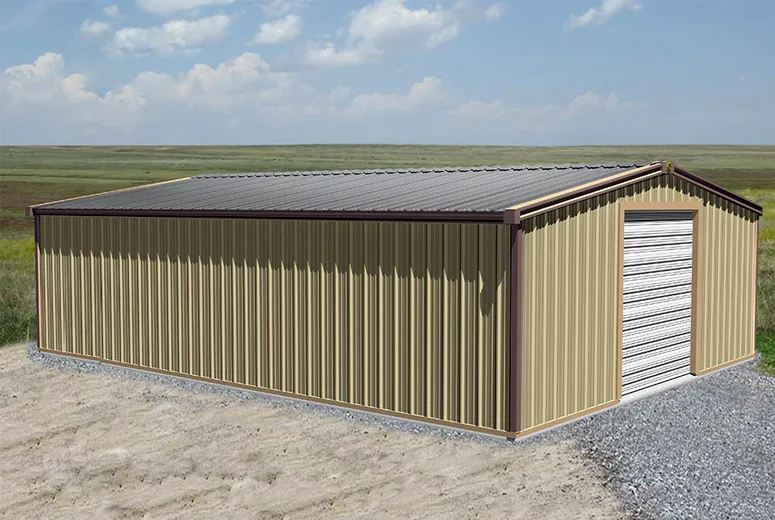- Afrikaans
- Albanian
- Amharic
- Arabic
- Armenian
- Azerbaijani
- Basque
- Belarusian
- Bengali
- Bosnian
- Bulgarian
- Catalan
- Cebuano
- Corsican
- Croatian
- Czech
- Danish
- Dutch
- English
- Esperanto
- Estonian
- Finnish
- French
- Frisian
- Galician
- Georgian
- German
- Greek
- Gujarati
- Haitian Creole
- hausa
- hawaiian
- Hebrew
- Hindi
- Miao
- Hungarian
- Icelandic
- igbo
- Indonesian
- irish
- Italian
- Japanese
- Javanese
- Kannada
- kazakh
- Khmer
- Rwandese
- Korean
- Kurdish
- Kyrgyz
- Lao
- Latin
- Latvian
- Lithuanian
- Luxembourgish
- Macedonian
- Malgashi
- Malay
- Malayalam
- Maltese
- Maori
- Marathi
- Mongolian
- Myanmar
- Nepali
- Norwegian
- Norwegian
- Occitan
- Pashto
- Persian
- Polish
- Portuguese
- Punjabi
- Romanian
- Russian
- Samoan
- Scottish Gaelic
- Serbian
- Sesotho
- Shona
- Sindhi
- Sinhala
- Slovak
- Slovenian
- Somali
- Spanish
- Sundanese
- Swahili
- Swedish
- Tagalog
- Tajik
- Tamil
- Tatar
- Telugu
- Thai
- Turkish
- Turkmen
- Ukrainian
- Urdu
- Uighur
- Uzbek
- Vietnamese
- Welsh
- Bantu
- Yiddish
- Yoruba
- Zulu
Dec . 10, 2024 05:37 Back to list
Understanding the Costs Associated with Prefab Warehouses
In recent years, the popularity of prefab warehouses has surged due to their efficiency, speed of construction, and cost-effectiveness. As businesses look for innovative solutions to meet their storage needs, understanding the costs associated with prefab warehouses becomes crucial. This article delves into the various factors influencing the costs of prefab warehouses and provides insights into why they are becoming a favored choice for many companies.
What is a Prefab Warehouse?
A prefab (prefabricated) warehouse is a building designed and manufactured in sections or modules, which are then transported to the construction site for assembly. These warehouses are commonly made from steel, making them robust and adaptable for different uses, including storage, distribution centers, and manufacturing facilities.
Initial Costs
The initial costs of a prefab warehouse can vary significantly based on several factors
1. Size and Design The larger the warehouse, the higher the cost. Custom designs that require specific architectural features will also lead to increased costs. However, opting for standard designs can help businesses save money.
2. Location Construction costs can vary based on location due to labor costs, land prices, and local regulations. In areas with a high demand for commercial real estate, costs may rise sharply, affecting the overall budget for a prefab warehouse.
3. Materials The type of materials used in construction impacts costs. Steel is the most common material for prefab warehouses due to its durability, but prices can fluctuate based on market demand. Additionally, insulation, roofing materials, and doors can influence the total expenditure.
4. Foundation and Site Preparation While prefab warehouses are quick to assemble, the foundation and site preparation can add significant upfront costs. Clearing the site, leveling the ground, and laying a solid foundation are crucial steps that require investment.
Operational Costs
In addition to initial costs, it is essential to consider the operational expenses of owning and maintaining a prefab warehouse
prefab warehouse cost

1. Utilities Running a warehouse incurs ongoing utility costs, including electricity, water, and heating or cooling, depending on the climate. These expenses should be factored into the total cost of ownership.
2. Maintenance Although prefab warehouses are generally low maintenance, it’s important to budget for routine maintenance and repairs. Regular inspections can help identify potential issues before they become significant problems.
3. Insurance As with any commercial property, insurance is a critical part of operational costs. The cost of insurance can depend on the location, the size and type of warehouse, and the particular risks associated with the business.
Long-Term Benefits
Despite the upfront and ongoing costs associated with prefab warehouses, the long-term benefits can outweigh these expenditures. Here are some advantages that can help mitigate costs
1. Speed of Construction Prefab warehouses can be constructed in a fraction of the time compared to traditional buildings, allowing businesses to start operations sooner and potentially realize revenue quicker.
2. Scalability Many prefab warehouses are designed to be expanded easily. This scalability allows businesses to adapt to changing needs without the significant costs associated with new construction.
3. Energy Efficiency Many modern prefab warehouses are designed with energy efficiency in mind. Improved insulation and the possibility of incorporating sustainable materials can lead to lower energy bills in the long run.
4. Less Labor The streamlined construction process means that fewer labor hours are generally required, which translates into cost savings.
Conclusion
In summary, while the costs associated with prefab warehouses can vary based on several key factors, they offer a compelling value proposition for businesses seeking efficient and flexible storage solutions. By understanding both the initial and operational costs, companies can make informed decisions that align with their long-term strategic goals. Ultimately, the appeal of prefab warehouses lies not only in their construction efficiency but also in their potential for adaptability and long-term savings.
-
How Do Prefabricated Steel Structures Transform Modern Construction?
NewsJul.14,2025
-
How Do Prefabricated Metal Buildings Redefine Modern Construction?
NewsJul.14,2025
-
How Do Prefab Insulated Metal Buildings and Steel Structures Revolutionize Modern Construction?
NewsJul.14,2025
-
How Do Pre - Engineered Steel Structures Redefine Modern Construction?
NewsJul.14,2025
-
Advancing Modular Construction with Prefabricated Metal Structures
NewsJul.14,2025
-
Advancing Industrial Infrastructure with Prefabricated Steel Solutions
NewsJul.14,2025
Products categories
Our Latest News
We have a professional design team and an excellent production and construction team.












